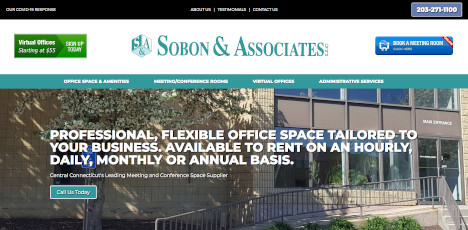
The Software Journey
Picture your software application as a high-performance car navigating the digital highway. In the initial phases, it's everything about getting the engine (code) running and guaranteeing that the software satisfies its intended purpose. However, just like a vehicle requires routine oil changes, tire rotations, and tune-ups, software application, too, requires ongoing care to remain in peak condition.
1. Code Evolution: As your organization grows and adapts to new challenges, so must your software application.

The code that was carefully crafted in the initial development phase might require adjustments or improvements over time. This code evolution is a natural part of the software lifecycle, resolving issues, incorporating brand-new features, and guaranteeing compatibility with developing technologies.
2. Bug Squashing: Even the most well-built cars and trucks occasionally encounter problems on the roadway, and software application is no various. Bugs and glitches may appear, affecting the functionality of your application. Recognizing and squashing these bugs is an ongoing procedure that requires the knowledge of designers. This bug-squashing effort is similar to resolving mechanical problems in a car to prevent them from becoming more significant issues down the road.
3. Security Updates: Simply as cars receive reminders and security updates to address vulnerabilities, the software needs routine attention to remain resistant against emerging hazards. Cybersecurity is a quickly progressing landscape, and designers need to continuously upgrade and strengthen the software application versus new threats to ensure the security and privacy of user information.
4. Performance Optimization: Cars require routine tune-ups to preserve fuel efficiency and efficiency. Similarly, software application applications gain from optimization to guarantee they run effectively, making use of resources carefully. This continuous process of performance tuning contributes to a smooth user experience and avoids the software from ending up being sluggish or resource-intensive.
5. Compatibility with New Technologies: The automotive market embraces brand-new technologies to boost security, fuel efficiency, and general efficiency. Similarly, the tech world is continually progressing, introducing brand-new structures, languages, and tools. To keep your software application compatible with the most recent and biggest, designers require to invest time in understanding and integrating these developments.
6. User Experience Enhancements: Just as vehicle manufacturers release updated models with enhanced functions, software designers can boost the user experience by introducing brand-new performances or refining existing ones. This ongoing effort to meet the evolving expectations of users contributes to the durability and relevance of the software application.

Billable Programming
The Billable Aspect: Comprehending that programming in time is a billable service is crucial for organizations counting on software application for their operations. Here's why:
1. Competent Expertise: Programming, like cars and truck upkeep, needs knowledgeable professionals. Developers invest time and effort to remain updated with the current innovations and finest practices. The billable nature of programming acknowledges the competence and dedication required to keep your software application in top-notch condition.
2. Resource Investment: Establishing and preserving software application requires resources, consisting of infrastructure, tools, and ongoing education for developers. The billable aspect shows the constant financial investment in resources required to deliver trustworthy and safe software options.
3. Time is Money: Just as your time is valuable, so is the time invested by developers guaranteeing your software runs efficiently. The billable nature of programming acknowledges the time and effort committed to continuous assistance, bug repairs, and improvements.
4. Long-Term Value: Consider the billable nature of programming as a financial investment in the long-lasting value of your software. Routine maintenance and updates contribute to the longevity, performance, and importance of your application, guaranteeing it remains an important possession for your organization. In conclusion, just as a vehicle needs routine maintenance for optimum performance, software application needs continuous attention to remain efficient, protected, and up-to-date. Acknowledging the billable nature of programming in time is a step towards recognizing the worth of the continuous effort purchased keeping your digital vehicle running smoothly on the ever-evolving road of innovation. Accept this journey, invest carefully, and enjoy your software browse the digital highway with withstanding reliability.







